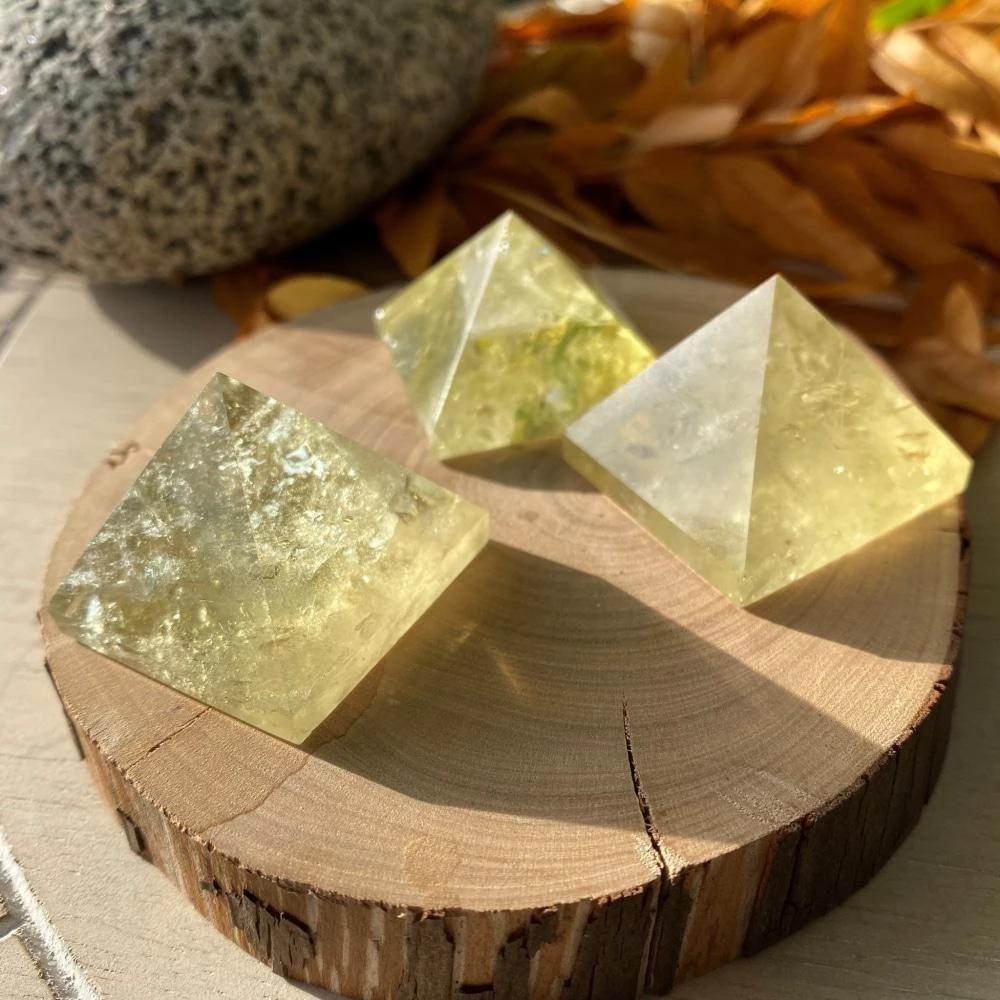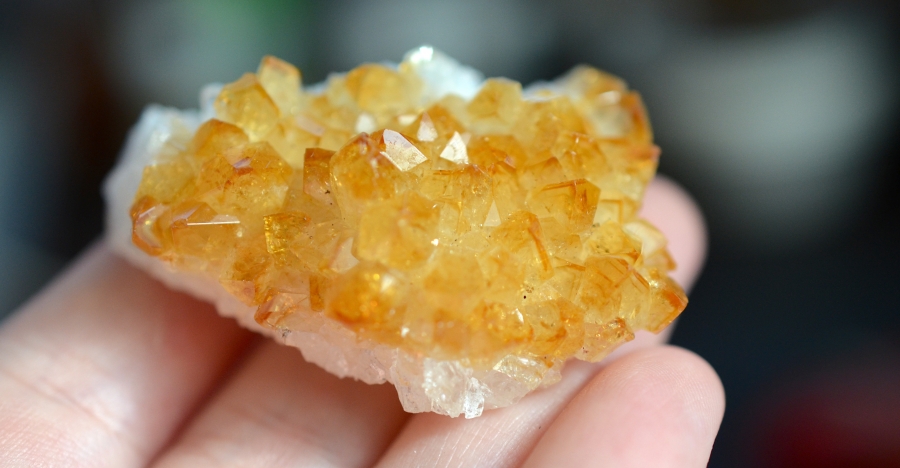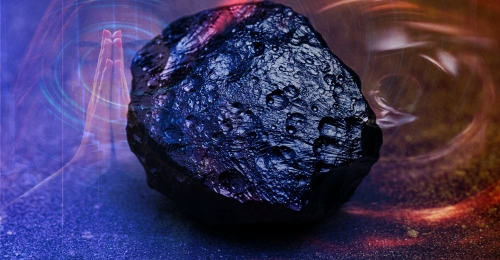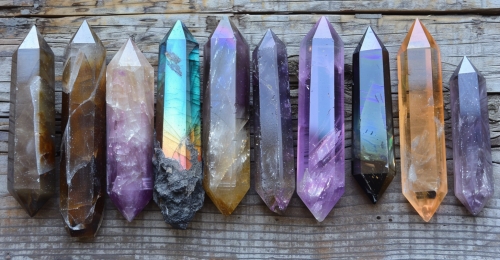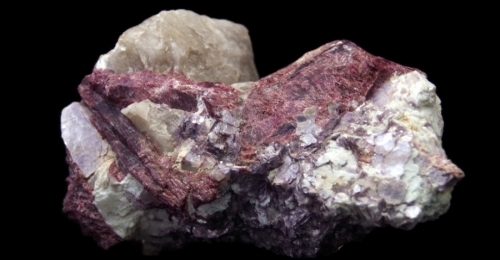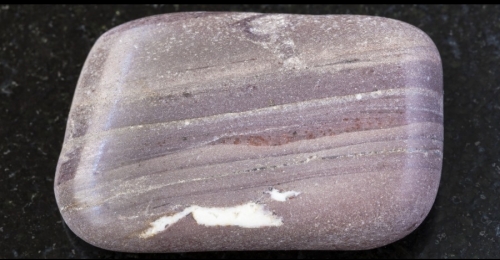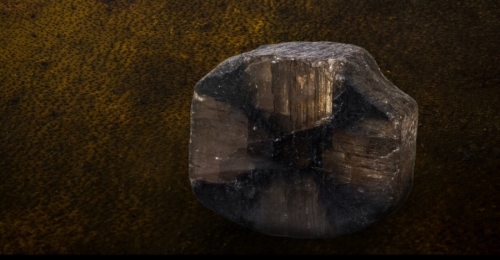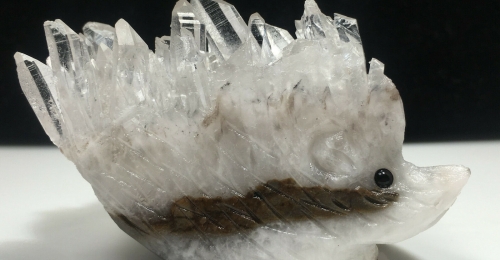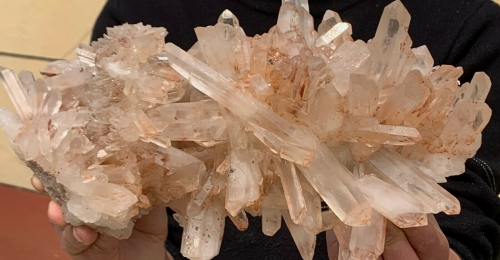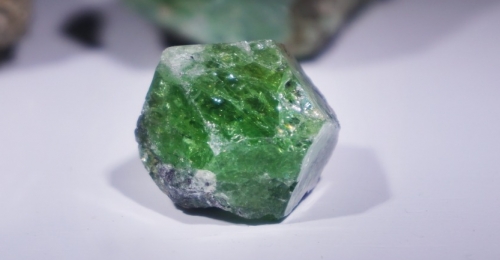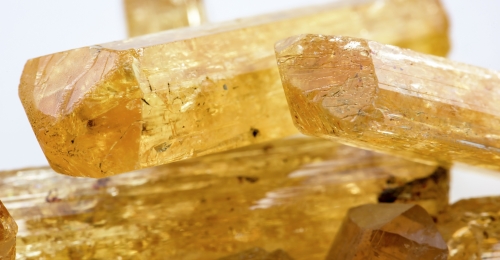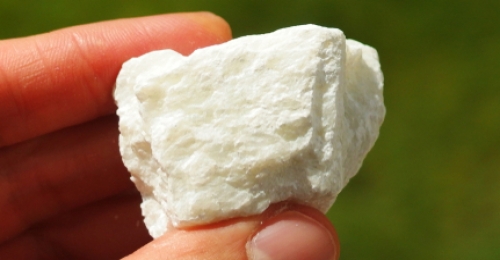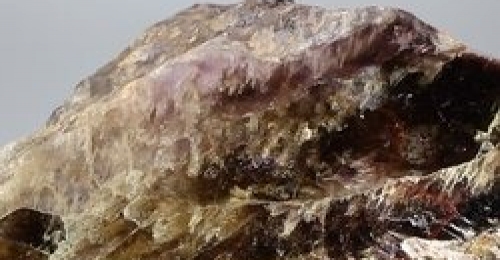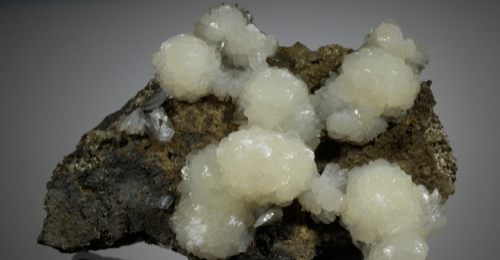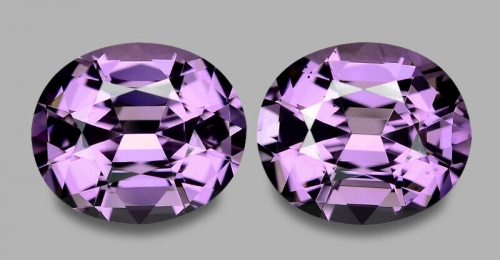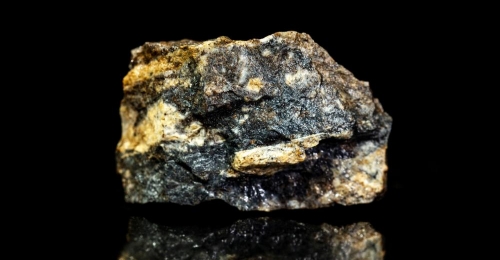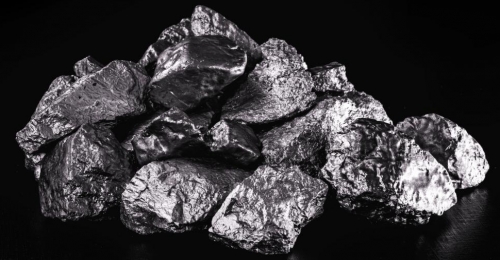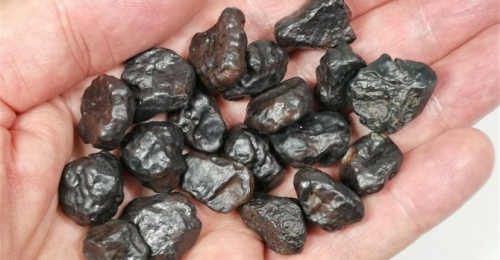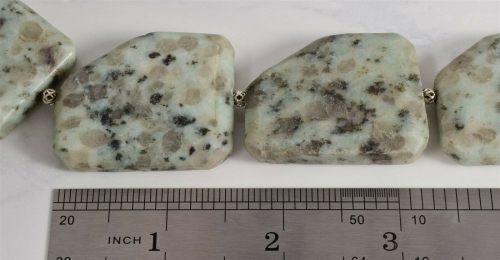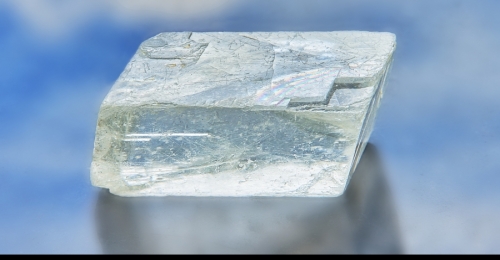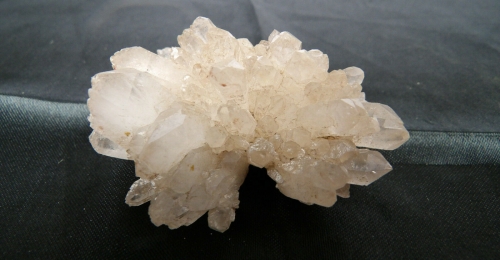Citrine Meaning and Spiritual Properties
Power & Benefits of Citrine :
Citrine with its golden hue instantly elicits happiness and joy. It’s like a ray of welcome sunshine bringing warmth, vitality, and positivity to whoever sees or holds it. It gets this yellow color from the heat of volcanos, and it’s also known to bring prosperity.
Spiritual & Emotional Influence:
Citrine is wonderful for self-esteem and confidence, it helps you in protecting yourself from things that aren’t in your best interest. It also helps you in standing up for yourself and what you believe in while giving you the boost you need to speak your truth. Since it’s a very energizing stone, it also helps you get motivated and enhances creativity and problem-solving. It promotes joy and helps to release fear or anger allowing more positivity to enter into your life. It will also help you in getting in touch with your emotions so that you can healthily express them.
The Physical Connection:
Citrine is thought to be a very energizing stone, helping to bring energy and vitality to all areas. It is thought to aid in digestion and help the spleen and pancreas. It is considered an excellent stone for getting things moving through your digestive system to relieve constipation or to detox your body. It is also thought to help with kidney and bladder infections as well. It is said to activate the thymus and helps to balance the thyroid and hormones. It is also thought to increase circulation and detoxify the blood, calm, and soothe the nervous system and endocrine system.
The Chakras Connected to Citrine:
Root (Base) Chakra, Sacral Chakra, Solar Plexus Chakra, Heart Chakra, Throat Chakra, Third Eye (Brow) Chakra, and Crown Chakra. Cleanses and reenergizes All Chakras.
Astrological Signs:
Gemini, Libra, Aries, and Leo.
Locations Found & History:
Brazil, Russia, France, Madagascar, UK, USA (may be heat-treated Amethyst). Natural Citrine can be found in the Ural Mountains of Russia, as well as in the United States, Britain, France, and Madagascar. Citrine has been used in jewelry and as decoration for thousands of years. For example, in Greece during 300 BC and 150 BC, it was used ornamentally, and in Scotland during the 17th century, it was used to adorn their swords. It was called Yellow Quartz until 1556 when it got its name, Citrine because of its yellow hue which is much like citrus fruits lemons, and oranges. It became very popular during World War I and World War II when many women including famous movie stars like Greta Garbo would wear jewelry with Citrine jewels in an Art Deco style.
Rarity, Value & Variations:
The clear, darker-colored Citrine with an amber color are some of the most valuable types of Citrine and the rarest. Citrine a hard gemstone and is rated a 7 out of 10 on the Mohs scale. Natural citrine is very rare, but a lot of the citrine that is found for sale is heated amethyst since the properties of amethyst and citrine are so similar. The main difference between citrine and amethyst is the oxidation state of iron impurities. You can tell if you’re looking at a heat-treated amethyst by the reddish color it will have.
How to Use Citrine:
Bring Citrine into your life when you feel like you need more joy and positivity. You can wear or carry the crystal to keep the good vibes flowing. Place a piece of Citrine in the wealth corner of your home which is the far left corner of your home when you’re facing the front door. Or you can place some Citrine in your wallet or purse.
